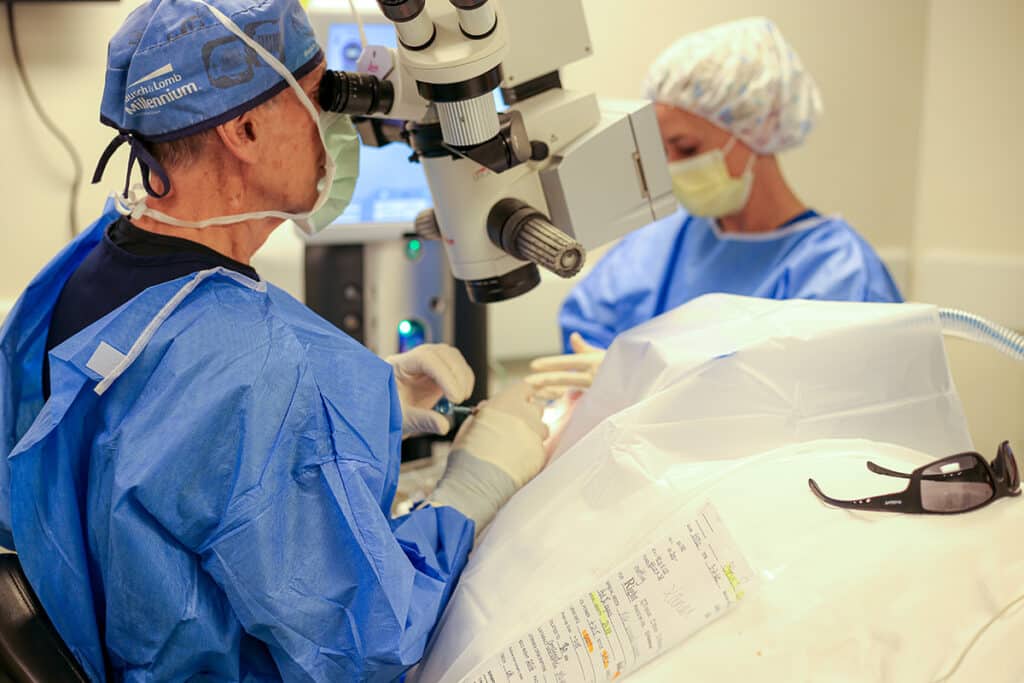
Laser-Assisted Cataract Surgery at Aker Kasten Eye Center
At Aker Kasten Eye Center, we are committed to providing the most advanced femtosecond laser-assisted cataract surgery, ensuring unmatched precision, safety, and visual outcomes for our patients.



